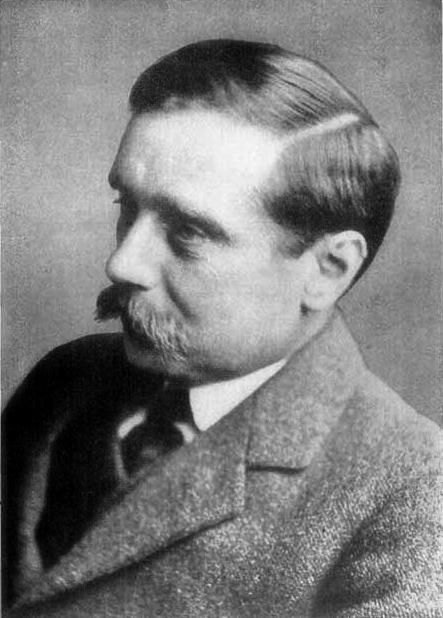Autumn Short-story Literary Countdown!
Autumn is without a doubt my favorite season of the year. The trees turn, pumpkin patches open, corn mazes draw crowds, hoodies, jackets, scarves appear, and fall decorations of leaves are made by children everywhere. As the nights grow+ colder and days shorter, who couldn’t also love a good spooky story told around a campfire while cooking smores and drinking hot cider?
Dana Mele created a list of amazing short spooky stories from solid literary sources. These aren’t your blood and gore stories, gimmicky kiddie tales, or cheap jump scares. Many come from the golden ages of the 1800’s when proper authors would often write short, scary tales. I approve of her entire list. Best yet, each is short enough to read before falling asleep. So pour a warm drink, toss a few logs on the fireplace, and settle in under a warm blacket before bed and read a good story!
(The link to her countdown is here, but I’m always afraid of such beautiful resources getting lost/shut down. So I make a copy here.)
Do you have any spooky stories you would add? Please share!
31. The Yellow Wallpaper by Charlotte Perkins Stetson, PDF – Free Audiobook version

30. The Tapestried Chamber by Sir Walter Scott – Free Audiobook version

29. The Phantom Coach by Amelia B. Edwards, PDF – Free audiobook version

28. Squire Toby’s Will by J.S. Le Fanu

27. The Upper Berth by F. Marion Crawford – Free audiobook version

26. The Judge’s House by Bram Stoker, PDF – Free audiobook version

25. Man-Size in Marble by Edith Nesbit – Free audiobook version

24. The Roll-Call of the Reef by Sir Arthur Quiller-Couch – Free audiobook version

23. The Friends of the Friends by Henry James

22. The Red Room by H.G. Wells – Free audiobook here

21. The Monkey’s Paw by W.W. Jacobs, PDF – Free audiobook here

20. The Lost Ghost by Mary E. Wilkins – Free audiobook here

19. ‘Oh, Whistle, and I’ll Come to You, My Lad’ by M.R. James – Free Audiobook version (2 parts)

18. The Empty House by Algernon Blackwood, PDF – Free audiobook version

17. Widdershins by Oliver Onions (6 ghost stories) – Free audiobook version

16. Rose Rose by Barry Pain

15. The Confession of Charles Linkworth by E.F. Benson

14. On the Brighton Road by Richard Middleton – Free Audiobook version

13. Bone to His Bone by E.G. Swain, PDF version

12. The Taipan by W. Somerset Maugham

11. A Visitor From Down Under by L.P. Hartley

10. Fullcircle by John Buchan

9. The Clock by W.F. Harvey

8. Mr. Jones by Edith Wharton

7. Smee by A.M. Burrage – Free audiobook version

6. The Little Ghost by Hugh Walpole

5. The Hollow Man by Thomas Burke (small print- view in fullscreen and adjust)

4. Et in Sempiternum Pereant by Charles Williams

3. An Encounter in the Mist by A.N.L. Munby, PDF version

2. The Raven by Edgar Allen Poe – Free audiobook version

- The Legend of Sleepy Hollow by Washington Irving – Free audiobook version

List of Honorable Mentions:
- “Berenice” (1835) by Edgar Allen Poe
- “The Black Cat” (1845) by Edgar Allen Poe
- “The Cask of Amontillado” (1846) by Edgar Allen Poe
- “The Facts in the Case of M. Valdemar” (1845) by Edgar Allen Poe
- “The Fall of the House of Usher” by Edgar Allen Poe
- “Hop-Frog” by Edgar Allen Poe
- “Ligeia” by Edgar Allen Poe
- “The Masque of the Red Death” by Edgar Allen Poe
- “Mesmeric Revelation” by Edgar Allen Poe
- “The Pit and the Pendulum” by Edgar Allen Poe
- “The Premature Burial” by Edgar Allen Poe
- “Some Words With a Mummy” by Edgar Allen Poe
- “The System of Dr. Tarr and Prof. Fether” by Edgar Allen Poe
- “The Tell-Tale Heart” by Edgar Allen Poe
- Other runners up
- Hand in Glove by Elizabeth Bowen
- A Ghost Story by Mark Twain
- The Mortal Immortal by Mary Shelley
- The Tomb by H.P. Lovecraft
- The Tree by H.P. Lovecraft
- The Vampiress by Lord Lytton
- The Vampyre by John Polidori
- THE SKETCH BOOK.
- THE SPECTRE BRIDEGROOM.
- “Herman Wouk Is Still Alive” by Stephen King
- “Wolfshead” by Robert E. Howard
- “Varney the Vampire” by James Malcolm Rymer and/or Thomas Preskett Prest
- “The Truth Is a Cave in the Black Mountains” by Neil Gaiman
- “Ma Perkins Comes to Stay” by Ray Bradbury
- “The Oval Portrait” by Edgar Allan Poe
- “Catskin” by Kelly Link
- “Nethescurial” by Thomas Ligotti
- “Trapped Inside the Stoker” by Jack Ketchum
- “Dissolution” by Sarah Langan
- “The Last Man” by Mary Shelley
- “Magdala Amygdala” by Lucy A. Snyder
- “Strange Candy” by Robert McCammon
- “Mexican Moon” by Karen E. Taylor
- “The Goblin’s Collection” by Algernon Blackwood
- “The Repairer of Reputations” by Robert W. Chambers
- “The Rats in the Walls” by H.P. Lovecraft
- “A Death” (The New Yorker, March 2015)
- The Shadow in the Corner by M.E. Braddon
- A Wicked Voice by Vernon Lee







